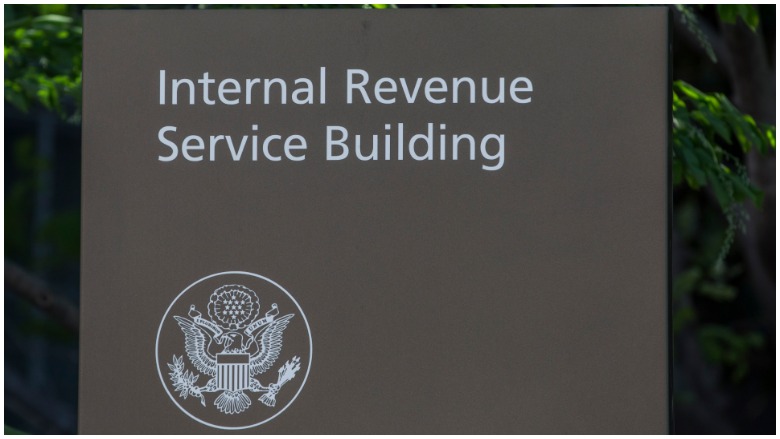
Getty The IRS has a notoriously difficult answering machine.
Millions of Americans are still awaiting the arrival of their 2019 tax refunds — and the IRS is a notorious digital labyrinth for people trying to reach a real person for assistance. How can you reach a real person about the status of your federal tax return and/or refund?
The approach of the tax return submission deadline — originally set for April 15 — came at roughly the same time that the Internal Revenue Service, like all Americans, was facing the rise of the coronavirus pandemic. Soon, it was also asked to distribute economic impact payments (also known as stimulus checks) to millions of Americans.
As IRS facilities across the country shut down and agents were sent home, millions of tax refunds at an average of $2,973 each, according to the IRS, were delayed in their distribution.
Here’s what you need to know about how to get an update on your federal tax return and/or refund:
Your Guide to Reaching a Real Person at the IRS
The IRS is open from 7 a.m. to 7 p.m., Monday through Friday. The best time to call is early in the morning, according to the IRS.
The number to the IRS line is 1-800-829-1040.
When you dial, it will ask you to confirm your language; to choose English, press 1.
The guide will then inform you about tax refund interest payments you can receive on your tax refund if it was deposited after April 15.
The next option will inform you to listen carefully, as menu options have changed. These menu options are current as of August 25, 2020.
First, select the option that begins, “Personal income taxes, tax reform law or calculating income tax withholding …”; press 2.
Next, select the option that mentions a “form submitted” and “tax transcript”; press 1.
Press 3 to select the next option, “For all other questions.”
Again, select the next option, “For all other questions,”; this time, press 2.
The automated system will then ask for your social security number twice. Ignore it each time.
The system will then give you an option to speak to someone about business or personal taxes. Select personal taxes; press 2.
Then select “For all other questions”; press 4.
Here are the options to select again in order: 1, 2, 1, 3, 2, 2 and 4.
You will then be given a wait time to speak to a live person. Because so many people are calling about tax refunds and stimulus checks, 30 minutes to an hour is a good estimate for how long you can expect to be on hold.
The IRS Is Facing Extensive Delays Due to Coronavirus
National Taxpayer Advocate Erin Collins told Congress that the IRS had a backlog of 4.7 million paper returns for the 2019 tax year. However, that was in mid-May, roughly two months ahead of the extended July 15 filing deadline, which means the number is likely even higher. Arizona Central reported that the IRS had “processed 24 million fewer returns than it had last year” on April 17.
Those backlogs have resulted in IRS phone lines becoming clogged with people demanding to know where their tax returns are in processing and when they can expect a refund. And many users on Twitter are unhappy with the wait times.
According to Collins’ report, the IRS was far from ready to handle that kind of volume:
Taxpayers who have needed help from the IRS have had difficulty obtaining it. The IRS shut down its Accounts Management telephone lines, so taxpayers could not reach a live assistor by telephone. The IRS shut down its Taxpayer Assistance Centers, making it impossible for taxpayers to obtain in-person assistance. The IRS also shut down its mail facilities, so it was unable to log or process taxpayer responses to compliance notices. The only resources readily available were IRS.gov and automated telephone lines.
However, in her report, Collins acknowledged that 2020 had been an unusual year. “Because the IRS closed most of its operations due to COVID-19 in March and postponed many filing and payment deadlines from April 15 to July 15, this filing season cannot fairly be compared with prior years,” she said.
The IRS told local news station ABC7, “While the IRS expects to issue more than nine out of 10 refunds in less than 21 days, it’s possible a particular tax return may require additional review and a refund could take longer. Many different factors can affect the timing of a refund.”
READ NEXT: Nearly 14 million Americans Could Receive Tax Refund Interest Checks
